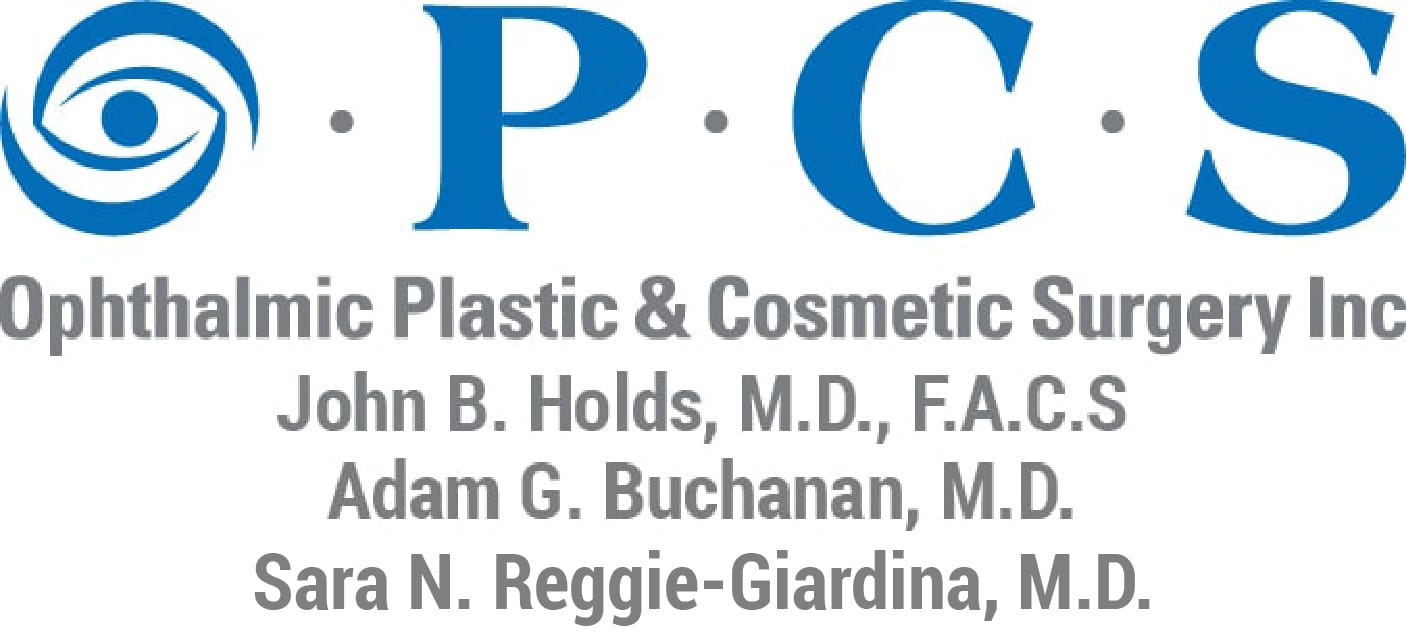Ptosis Repair Surgery vs. Blepharoplasty
- Posted on: Apr 15 2023

What Causes Excess Upper Eyelid Skin (Dermatochalasis)?
As we age, our bodies produce less collagen and elastin, proteins responsible for taut and youthful skin. The decreased levels of these proteins can lead to the development of loose, sagging skin on the upper eyelids. Genetic predispositions can also lead to premature excess skin development on the upper eyelids.
What is Blepharoplasty?
Blepharoplasty is a surgical procedure that removes excess skin and fat from the upper eyelids to restore a more youthful and rested appearance. The procedure takes place under local anesthesia in the office. The incisions are made along the natural eyelid creases, resulting in nearly invisible scars.
What Causes Upper Eyelid Ptosis?
Ptosis is caused by weakened or separated muscles responsible for opening the eyelids. The primary muscle is called the levator, and there is a minor muscle called Muller’s muscle. Generally, aging is responsible for ptosis, as the muscles stretch and weaken over time. However, ptosis can also be congenital or caused by the long-term use of contact lenses. Certain types of ptosis are also related to neurological or muscular disorders.
What is Ptosis Repair Surgery?
Ptosis repair surgery can occur using an internal or external approach. The internal method involves an incision inside the upper eyelid, where Muller’s muscle is shortened. The external process involves an incision along the upper eyelid crease and dissecting until the levator muscle is found. The muscle tightens using internal permanent sutures. The surgical approach depends on the surgeon’s preference and the severity of the ptosis. The procedure usually takes place in the office under local anesthesia.
Can Ptosis Repair and Blepharoplasty Combine?
Ptosis repair surgery can be combined with blepharoplasty to improve both function and appearance of the eyelids. Patients with excess skin on their upper eyelids can undergo blepharoplasty with ptosis repair. During the surgery, the excess skin is removed, the fat is repositioned or removed, and the levator muscle is tightened. These procedures can also pair with a brow or forehead lift for further improvement.
Schedule A Consultation
Ptosis repair requires a qualified oculoplastic surgeon with the right experience and training. Contact us at our St. Louis office if you have questions about this procedure. Give us a call today at 314-567-3567!
Posted in: Blepharoplasty, Ptosis Repair

